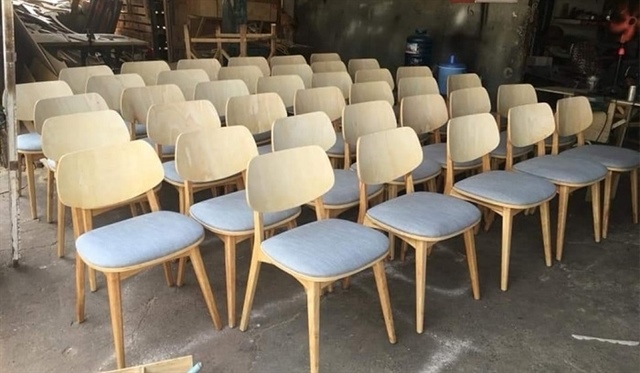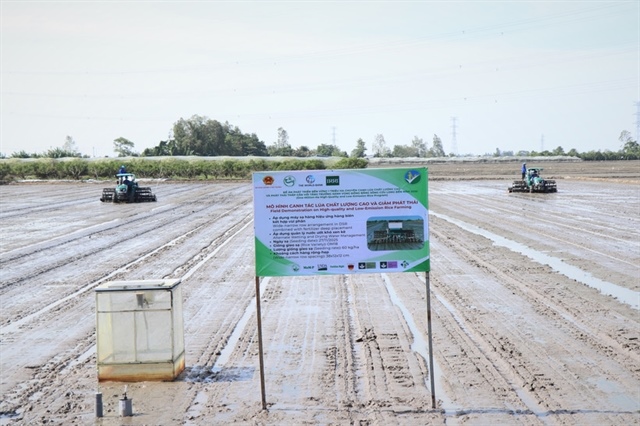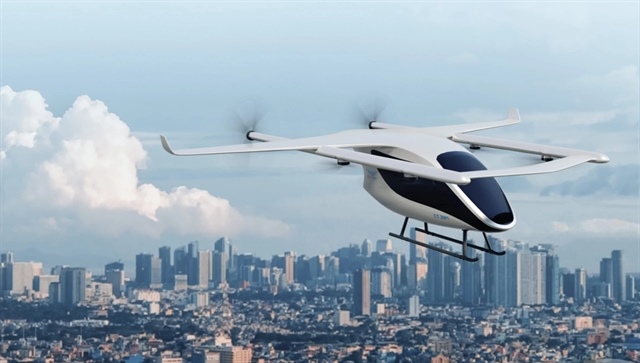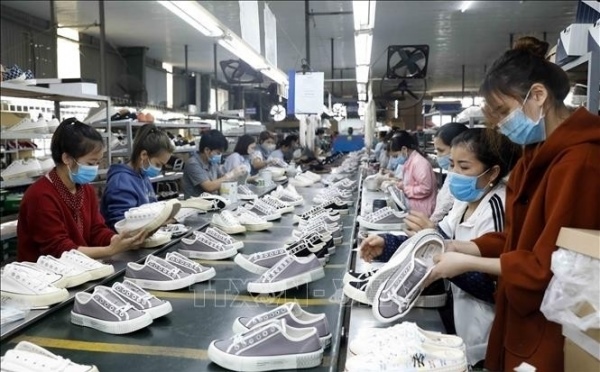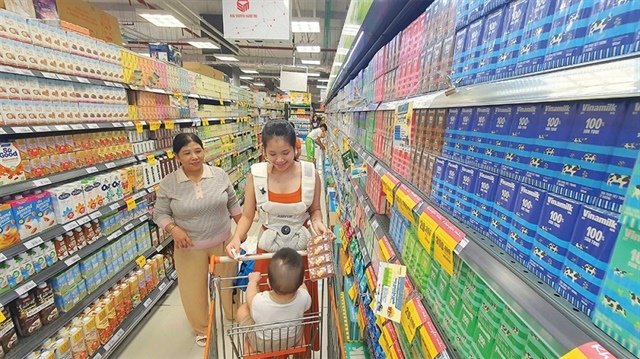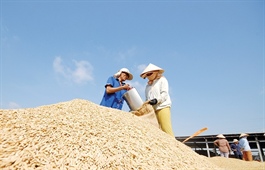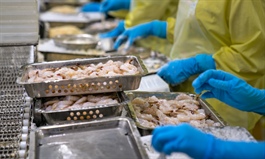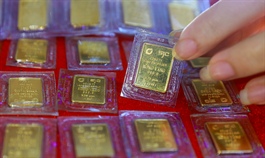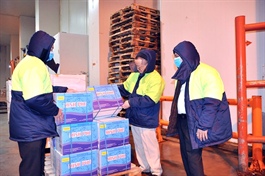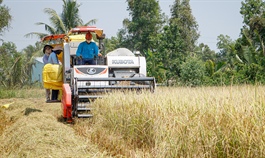Viet Nam imports Indian broken rice
Viet Nam imports Indian broken rice
Viet Nam, for the first time in decades, has signed a contract with India to buy 70,000 tonnes of 100-per cent broken rice from India to meet increasing demand of low-cost rice in the domestic market for producing animal feed. 
The shipment is scheduled to be carried out in January and February this year at the price of around US$310 per tonne on a free-on-board (FOB) basis.
Many may be surprised at the news that Viet Nam, one of the three biggest rice exporters in the world, is importing rice from India. However, Vietnamese rice exporters have said this is normal.
Pham Thai Binh, Director of Trung An hi-tech agriculture JSC, said Viet Nam's companies imported rice from India because the product was very cheap, while the demand for this type of rice in Viet Nam was high.
Meanwhile, Nguyen Van Don, Director of Viet Hung Co., Ltd said there was a great demand for broken rice for animal feed production, resulting in the inevitable need to import.
Before 2017, low-grade rice accounted for 70 per cent of the country's total rice output. This ratio has fallen to 50-60 per cent in the past two years, and to only 10-15 per cent now.
According to the Ministry of Agriculture and Rural Development, Vietnamese animal feed producers have increased their import of this type of rice because it is difficult to buy in the Vietnamese market now.
Don affirmed the import of broken rice from India would not affect rice exports in the future because Viet Nam has narrowed the area of low- and medium-quality rice, while areas for fragrant and high-quality rice were expanded.
According to Binh, Viet Nam's rice export in 2021 is forecast to continue to rise because Vietnamese rice is now well-positioned to compete in large markets.
The General Statistics Office reported that Viet Nam’s 5-per cent broken white rice was traded at $500 per tonne last year - the highest price since the end of 2011.
Viet Nam earned over $3 billion from exporting rice in 2020, a year-on-year increase of more than 10 per cent.
Vice-Chairman of the Vietnam Food Association Do Ha Nam attributed the positive result to increasing demand in many countries and the improved competitiveness of Vietnamese rice around the world.


